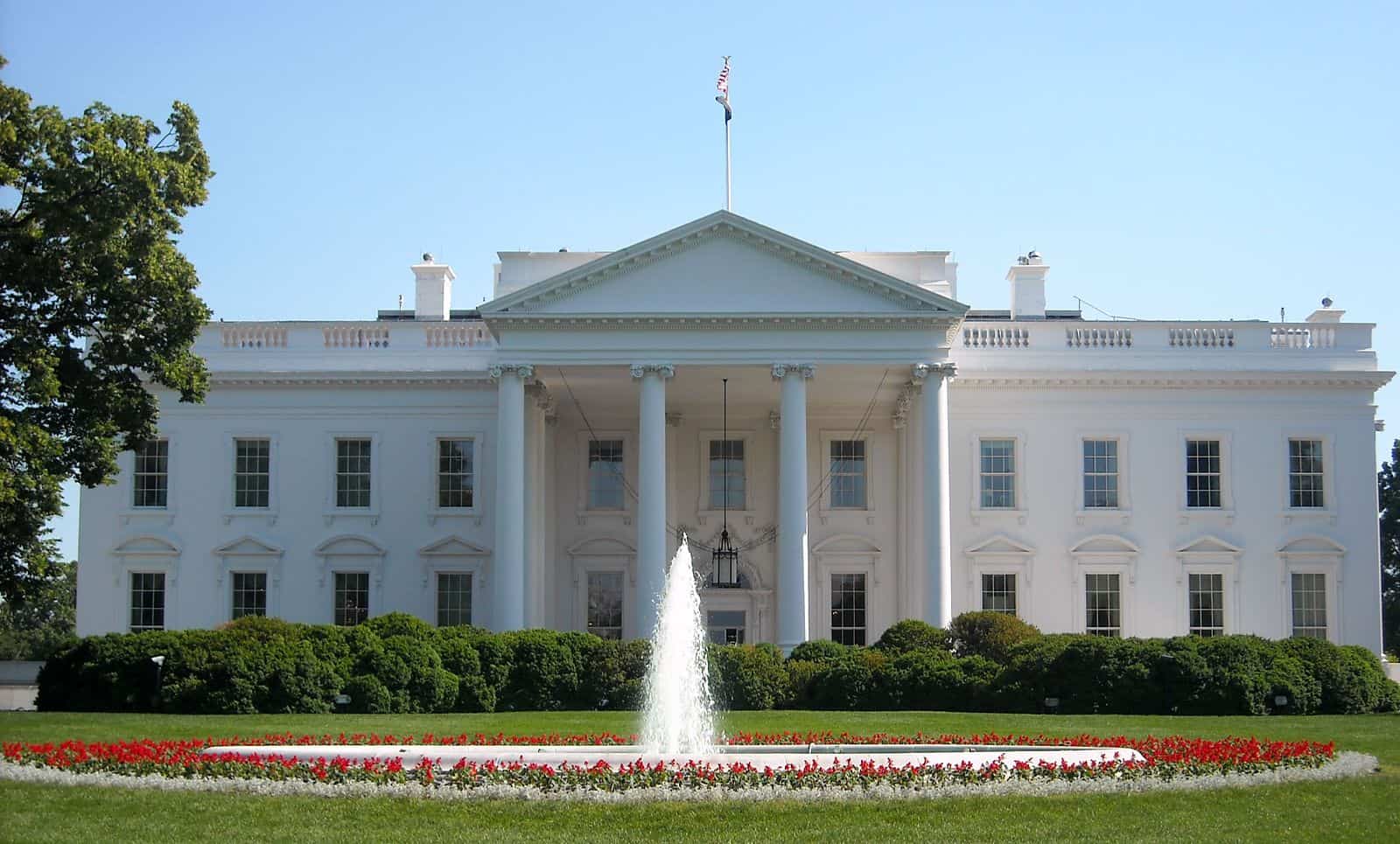
Fred Messner is a student at Harvard Law School.
The White House’s Task Force on Worker Organizing and Empowerment released a detailed report this morning containing nearly 70 recommendations to spur unionization in the private and public sectors. Formed last April, the Task Force was tasked with “mobilizing the federal government’s policies, programs, and practices to empower workers to organize and successfully bargain with their employers.” In particular the report calls for “making the federal government a model employer,” including by expanding collective bargaining rights for certain groups of federal workers, such as the TSA’s screening workforce, and facilitating a faster path to a first contract for newly unionized workers. The report also offers a laundry list of recommendations for “increasing visibility, support, awareness, and promotion of collective bargaining,” and, crucially, “ensuring effective enforcement of existing laws.” While a closer look is needed to tell whether the document is as “strikingly pro-union” as some outlets have suggested, it is another encouraging sign from an administration that has worked to deliver on its promise to be the “most pro-union president leading the most pro-union administration in American history.”
In an exclusive interview with More Perfect Union, NLRB General Council Jennifer Abruzzo laid out her priorities for contending with rampant union-busting by employers across the economy. In particular, Abruzzo announced her support for reviving the Joy Silk doctrine, under which employers must accede to a union’s request for recognition—without seeking a Board-administered election—unless they possess a good-faith doubt as to the union’s majority status. The doctrine has its origins in the 1949 Joy Silk Mills, Inc. decision in which the Board held that the employer’s failure to recognize a union without such a good-faith doubt constituted a violation of section 8(a)(5) of the NLRA. After a string of decisions weakening the doctrine, it was abandoned by the Board–and that abandonment was upheld by the Supreme Court—in the 1969 Gissel Packing Co. case. Ever since then, broadly speaking, employers have been able to leverage the delay and formality of a Board election to stall organizing, even when presented with overwhelming evidence that a unionization drive has majority support among its workers. As Brandon Magner has explained, a revival of the doctrine would be a powerful tool to support unionization.
Finally, The American Prospect posted two valuable articles this morning exploring different aspects of the late-covid labor market. In Why Trucking Can’t Deliver the Goods, Harold Meyerson chronicles the recent history of the trucking sector—in particular its deregulation and the “self-marginalization” of the once-powerful Teamsters union—and calls for the NLRB to reconsider its permissive attitude toward rampant misclassification of drivers. And in To Combat Labor Shortages, Extend Prevailing Wage Beyond Construction Workers, Robert Bruno reviews “[d]ecades” of academic research “dissecting” the impact of prevailing-wage laws, which require government contracts to provide for wage levels at or above local market standards. According to Bruno, ample research—and in particular a recent study by the Illinois Economic Policy Institute and the Project for Middle Class Renewal at the University of Illinois at Urbana Champaign—demonstrates that these laws “not only produce higher wages and better benefits for workers, but they dramatically increase participation in apprenticeship programs that function as labor supply pipelines.” Equally important, Bruno continues, they “do not increase total project costs, because they attract higher levels of skill and productivity to the job site, result in fewer safety and performance problems, and improve workforce retention.” While the federal government has had a prevailing-wage law on the books for roughly 60 years, only eight states have passed analogous laws applying to service contracts at the state or municipal level. This “proven idea,” Bruno concludes, should be expanded.






Daily News & Commentary
Start your day with our roundup of the latest labor developments. See all
April 18
Disneyland performers file petition for unionization and union elections begin at Volkswagen plant in Tennessee.
April 18
In today’s Tech@Work, a regulation-of-algorithms-in-hiring blitz: Mass. AG issues advisory clarifying how state laws apply to AI decisionmaking tools; and British union TUC launches campaign for new law to regulate the use of AI at work.
April 17
Southern governors oppose UAW organizing in their states; Florida bans local heat protections for workers; Google employees occupy company offices to protest contracts with the Israeli government
April 16
EEOC publishes final regulation implementing the Pregnant Workers Fairness Act, Volkswagen workers in Tennessee gear up for a union election, and the First Circuit revives the Whole Foods case over BLM masks.
April 15
The Supreme Court ruled in favor of bakery delivery drivers in an exemption from mandatory arbitration case; A Teamsters Local ends its 18-month strike by accepting settlement payments and agreeing to dissolve
April 14
SAG-AFTRA wins AI protections; DeSantis signs Florida bill preempting local employment regulation; NLRB judge says Whole Foods subpoenas violate federal labor law.